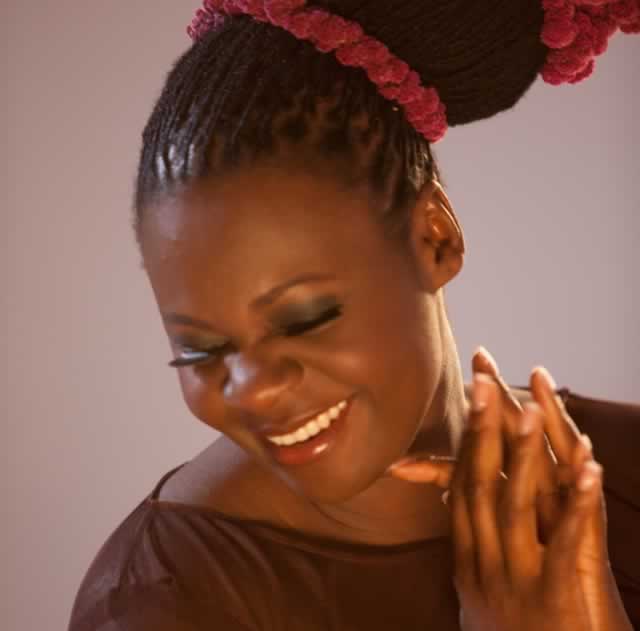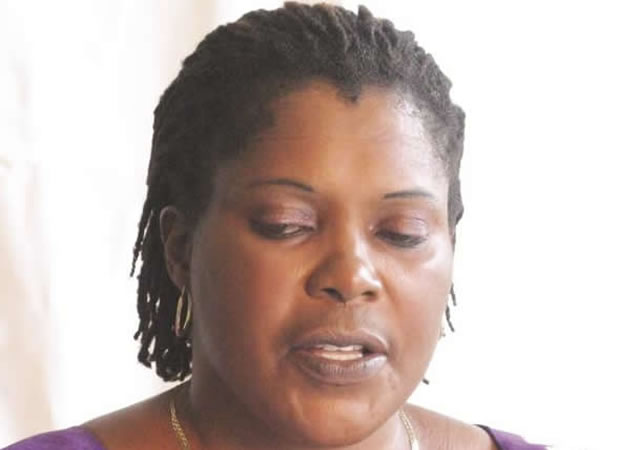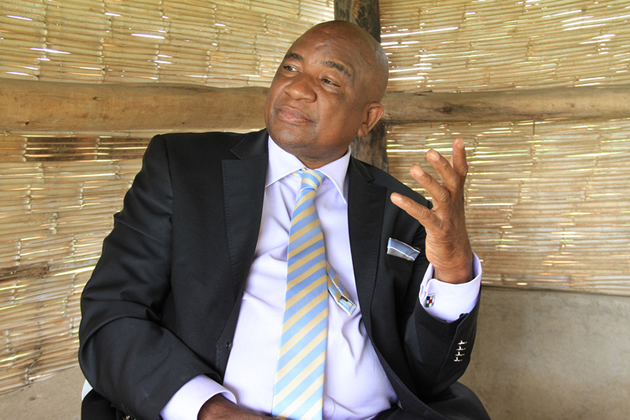All that jazz began in Africa

 Fred Zindi Music
Fred Zindi Music
The month of May marks the beginning of Jazz festivals in Zimbabwe. This is the month in which music promoters often organize Jazz events such as The Winter Jazz Festival, The International Jazz Day or the Harare Jazz Festival.
Last year, we witnessed the likes of Judith Sephuma, Louis Mhlanga,Kunle Ayo, Oliver Mtukudzi, Filbert Marova,Mbare Trio, Outfit and several other groups at the Spook House in Harare where they showcased their Jazz skills.
Jazz is that kind of music which brings communities together. From the end of April each year, communities, schools and other groups all over the world celebrate and learn more about the art of Jazz, its roots and its impact. Jazz also plays a crucial role in highlighting its importance as a means of communication that transcends differences.
The famous American Jazz musician and producer, Quincy Jones, once said: “Jazz has the power to make men forget their differences and come together.”
But what is Jazz is all about? To answer this, let me start by explaining some of the Jazz terms in use so that the reader can understand what I mean each time I refer to them.
Improvisation is a term commonly used in Jazz circles, It is the art or act of composing, uttering, executing, or arranging anything without previous preparation: In a jam session, a musician walks onto the stage, studies the key other musicians are playing in and joins in without any prior rehearsal. He/she does his/her own thing and the music blends together. That is improvisation.
Another term which is common in Jazz is syncopation.
Syncopation is a temporary displacement of the regular metrical accent in music caused typically by stressing the weak beat, giving what is known in music circles as a syncopated rhythm. These syncopated beats are what made Thomas Mapfumo’s rhythm patterns different from what the western ear was used to. They called them off-beats when they first heard his sound.
 Ragtime is a kind of music evolved by Black American musicians in the 1890s before they coined the word “Jazz”. It was played especially on the piano and characterized by a syncopated melodic line and regularly accented accompaniment.
Ragtime is a kind of music evolved by Black American musicians in the 1890s before they coined the word “Jazz”. It was played especially on the piano and characterized by a syncopated melodic line and regularly accented accompaniment.
Scat Singing: In Jazz, scat singing is vocal improvisation with wordless vocables, nonsense syllables or without words at all. Scat singing is a difficult technique that requires singers with the ability to sing improvised melodies and rhythms using the voice as an instrument rather than a speaking medium.
Some Jazz guitarists will imitate the melodies from their guitar riffs by singing along using wordless nonsense syllables which are similar to what they are playing. That act is called scat singing.
But where did Jazz come from?
There is no doubt that New Orleans is still the focal point of Jazz as we know it today as evidenced by the chain of famous Jazz musicians coming from there such as Louis Armstrong, Sidney Bechet, Jelly Roll Morton, Benny Goodman and Duke Ellington. However, before the 20th century, Africa was well known for its drums, traditional rhythms and call and response melodies.
There were no organised rhythm patterns, so improvisation and syncopation in drumming beats took place in this “chaotic” arrangement of music.
When the slaves were taken to the Southern States, they did not forget these musical patterns as they continued with them into the so called “Negro spirituals” to the beat of ragtime which eventually became Jazz.
Jazz, which initially was heavily influenced by work songs and church choral music, grew out of the cotton fields and plantations of the American South.
It was the music first sung by the descendants of African slaves as they toiled for their masters in the agricultural belt of the South, particularly in Georgia, the Carolinas, Texas and Mississipi.
In New Orleans, African-based dances were organized by freed slaves every Sunday at a place called Congo Square between 1800 and 1843.
In African cultures music, call and response which is a succession of two distinct phrases usually played by different musicians, where the second phrase is heard as a direct commentary on or response to the first as in “DuduMduri” with the response “Katse” is found as a basic element of musical form in African tradition.
It is this tradition that African bondsmen and women brought with them to the New World and which has been transmitted over the centuries in various forms of cultural expression—most notably, in African American Music in its myriad forms and descendants including: gospel, blues and Jazz as evidenced by songs such as “So What?” by Miles Davis and Herbie Hancock’s “Moanin” where in both songs the bass plays a lick and the ensemble calls back two notes.
Indeed, when we see the above Jazz musical terms, we all associate them with Black American music.
These terms are African-American and originated from New Orleans but as can be seen the music styles were rooted in Africa..
The city of New Orleans features prominently in early development of Jazz. A port city which was ripe for the development of new music at the turn of the century. Brass bands marched in numerous parades and played to comfort families during funerals.
New Orleans was home to great early clarinetists Johnny Dodds, Jimmy Noone and Sidney Bechet. One of the first great clarinetists, Joe “King” Oliver and his leading student and future star, Louis Armstrong hailed from New Orleans along with other influential musicians including Jelly Roll Morton.
The music called Jazz was born sometime around 1895 in New Orleans.
It combined elements of ragtime, marching band music and blues. What differentiated jazz from these earlier styles was the widespread use of improvisation, often by more than one player at a time.
Jazz represented a break from Western musical traditions, where the composer wrote a piece of music on paper and the musicians then tried their best to play exactly what was in the score. In a Jazz piece, the song is often just a starting point or frame of reference for the musicians to improvise around.
The song might have been a popular ditty or blues that they didn’t compose, but by the time they were finished with it they had composed a new piece that often bore little resemblance to the original song.
Many of these virtuoso musicians were not good sight readers and some could not read music at all, nevertheless their playing thrilled audiences and the spontaneous music they created captured a joy and sense of adventure that was an exciting and radical departure from the music of that time.
The first Jazz was played by African-American and Creole musicians in New Orleans.
The cornet player, Buddy Bolden is generally considered to be the first real jazz musician. Other early players included Freddie Keppard, Bank Johnson and Clarence Williams. Although these musicians’ names are unknown to most people, then and now, their ideas are still being elaborated on to this day.
Most of these men could not make a living with their music and were forced to work menial jobs to get by.
A young virtuoso cornet player named Louis Armstrong was discovered in New Orleans by King Oliver. Armstrong soon grew to become the greatest jazz musician of his era and eventually one of the biggest Jazz stars in the world.
The impact of Armstrong and other jazz musicians altered the course of both popular and classical music.
In December, 1960, Louis “Satchmo” Armstrong visited Zimbabwe and was surprised at the similarities between his music and “kwela”.
He later adopted Augustine Musarurwa’s tune “Skokiaan” and recorded it in America.
There is no doubt that the Jazz influence from Africa is pervasive.
Feedback: [email protected]









Comments